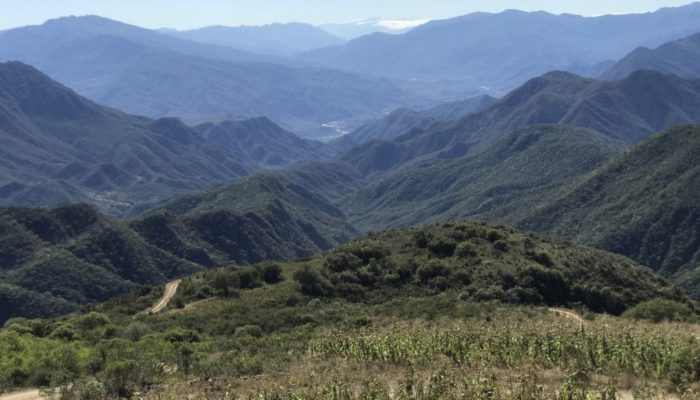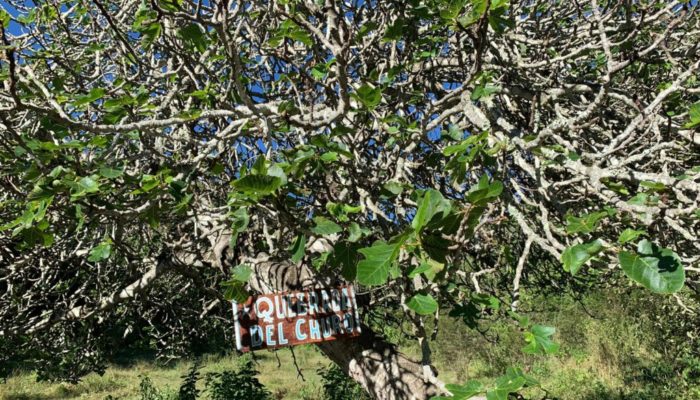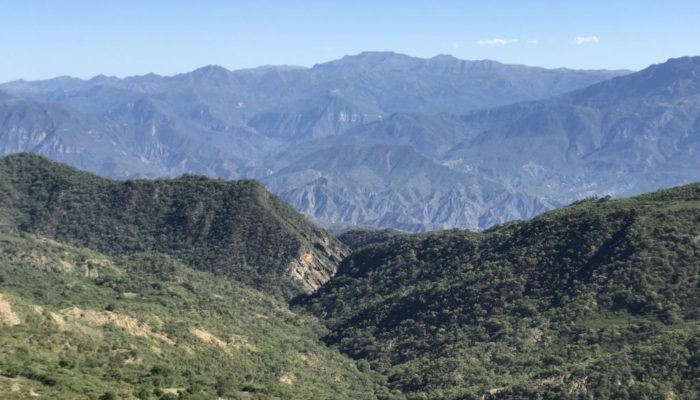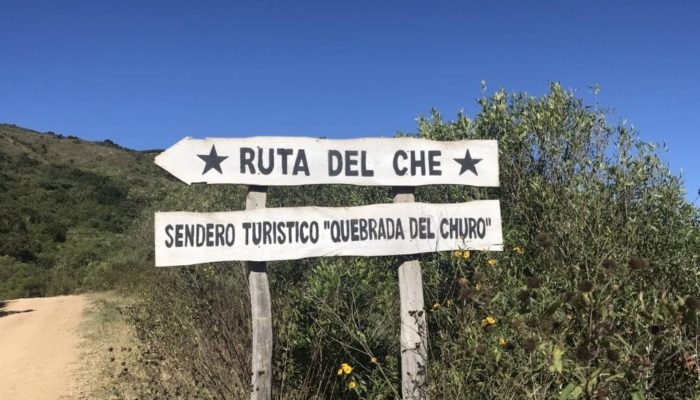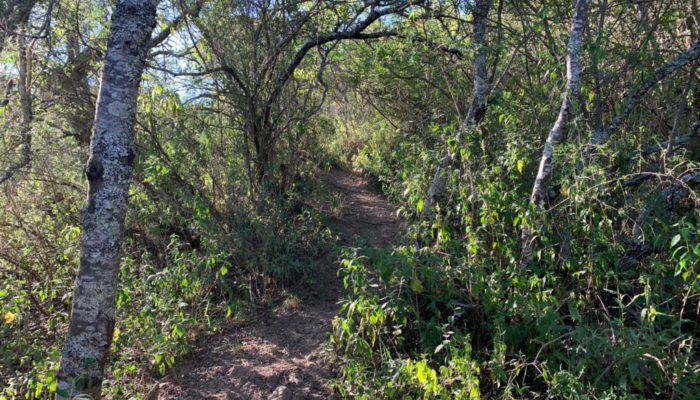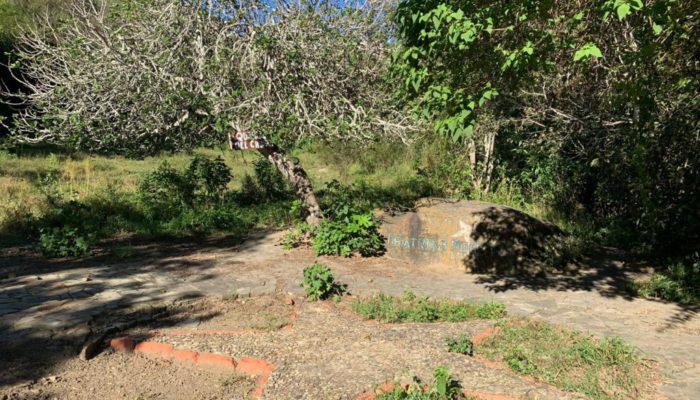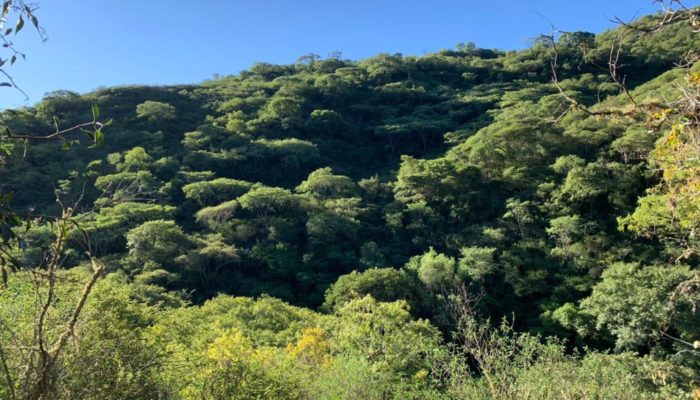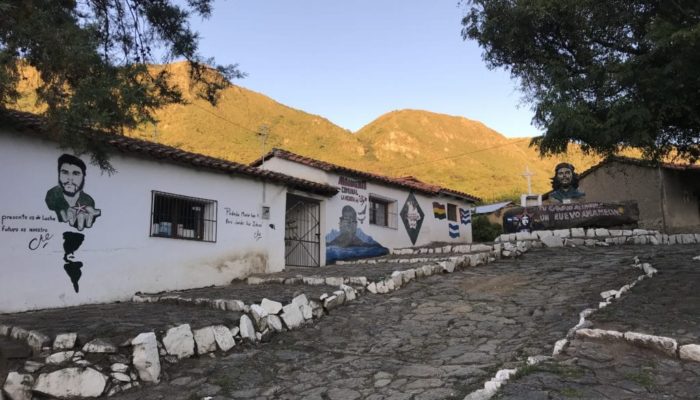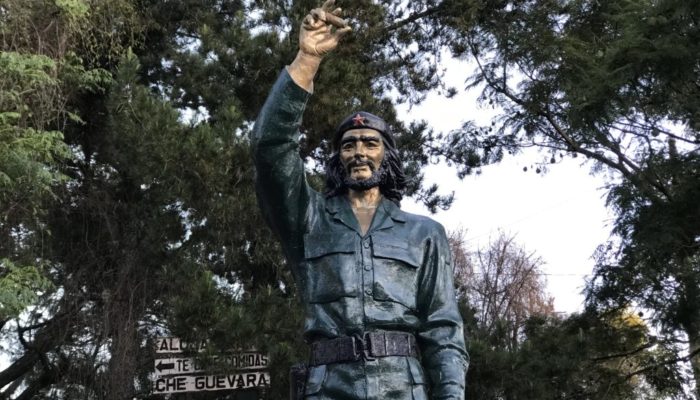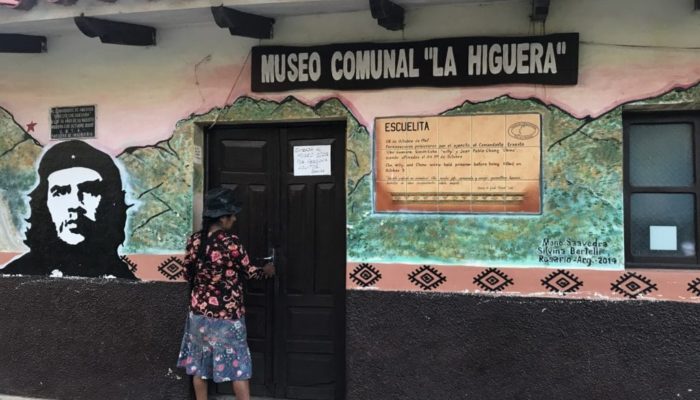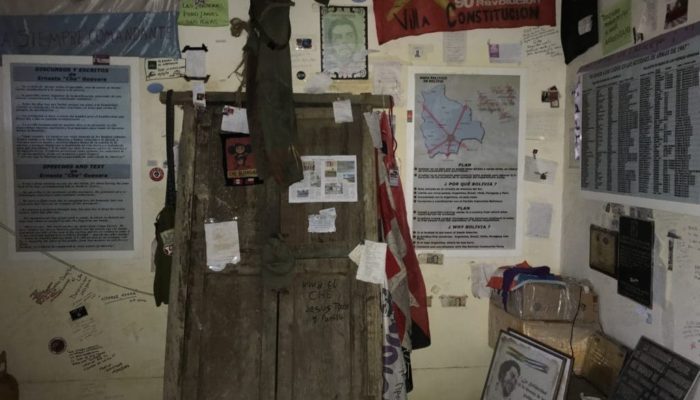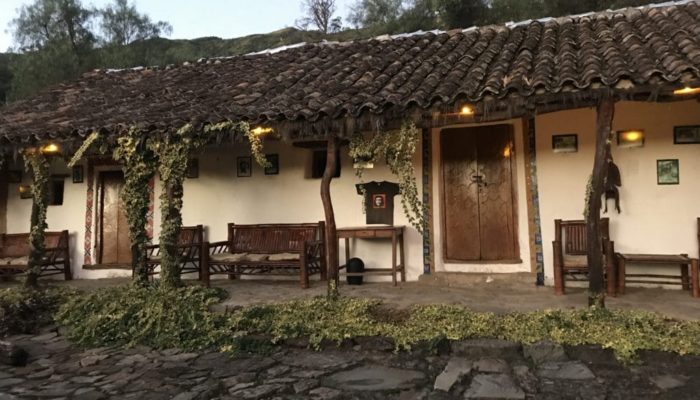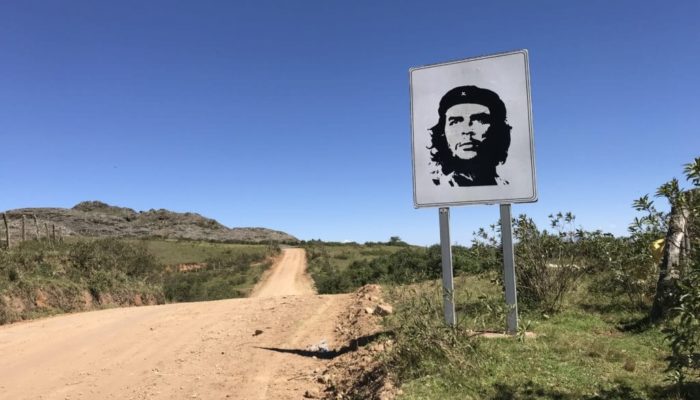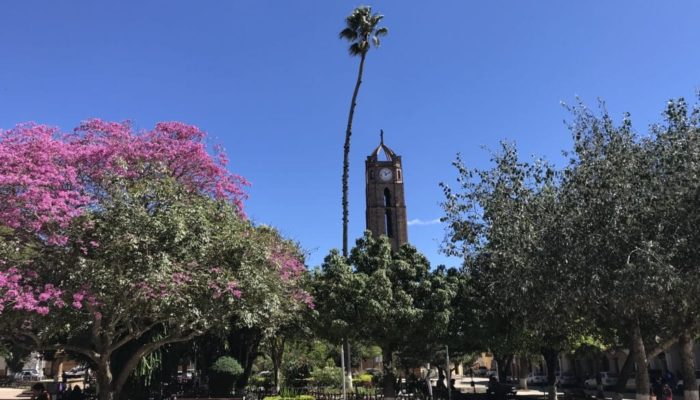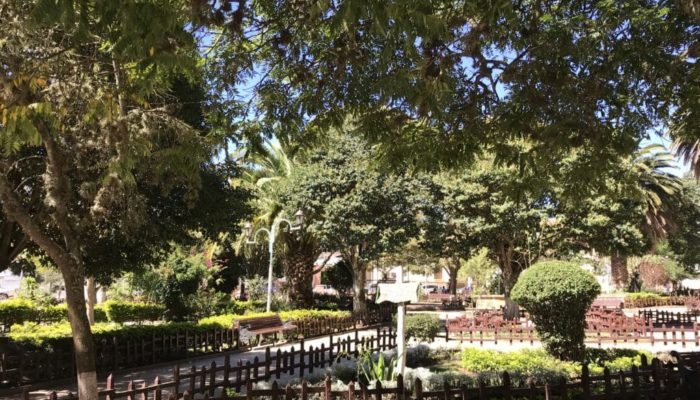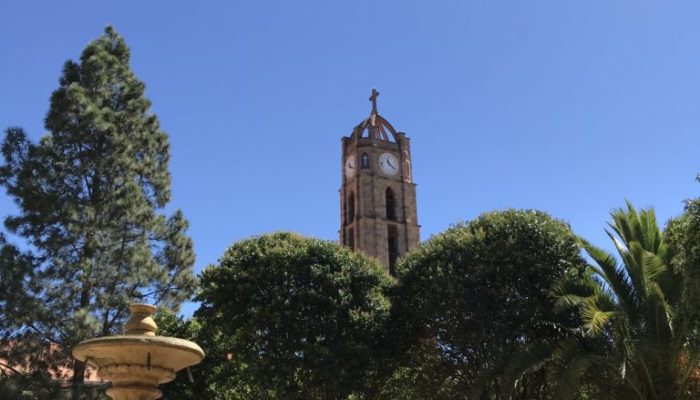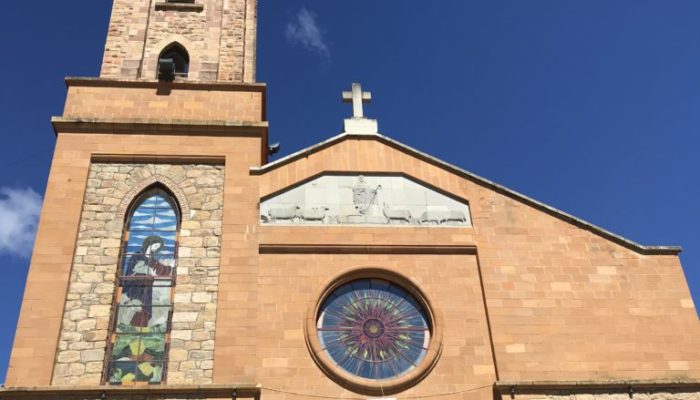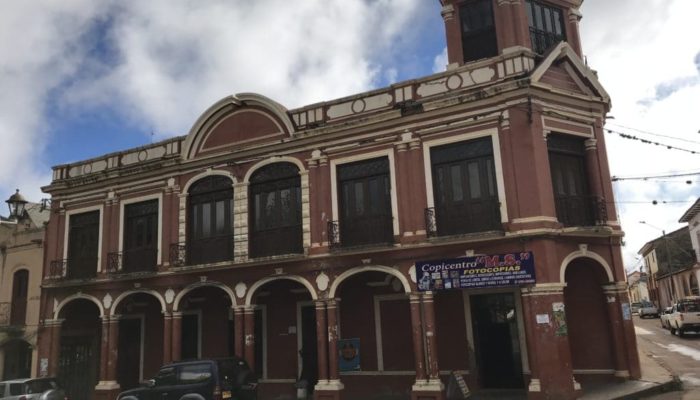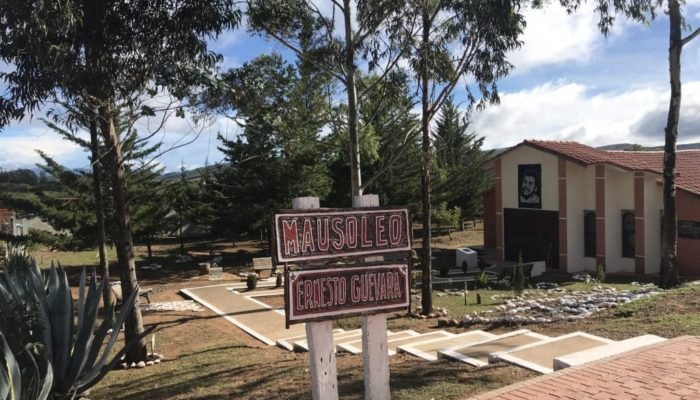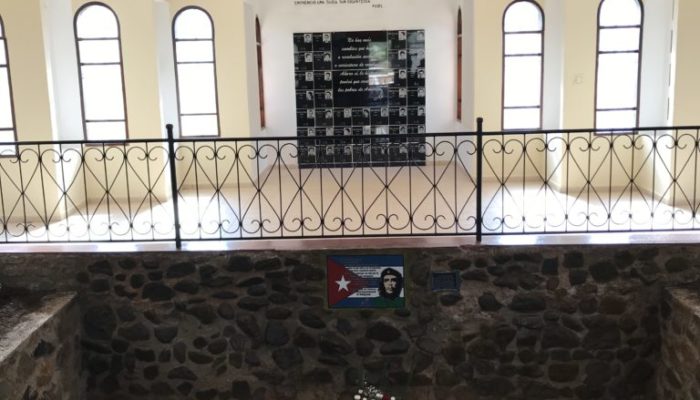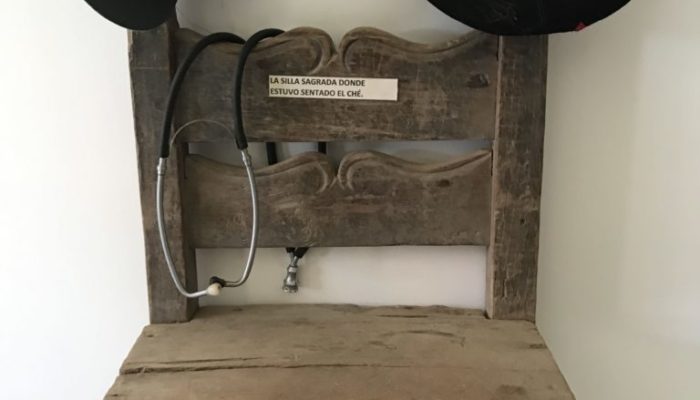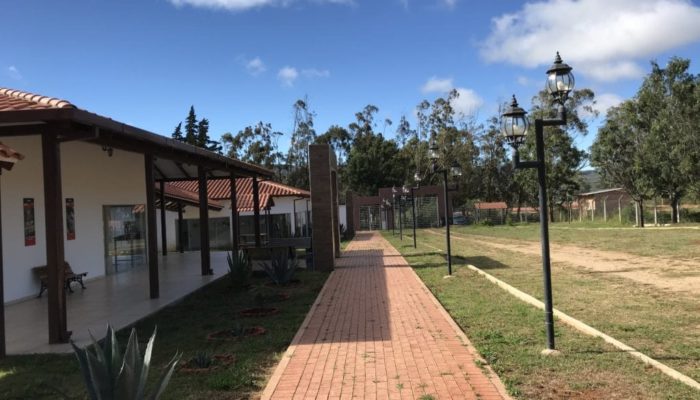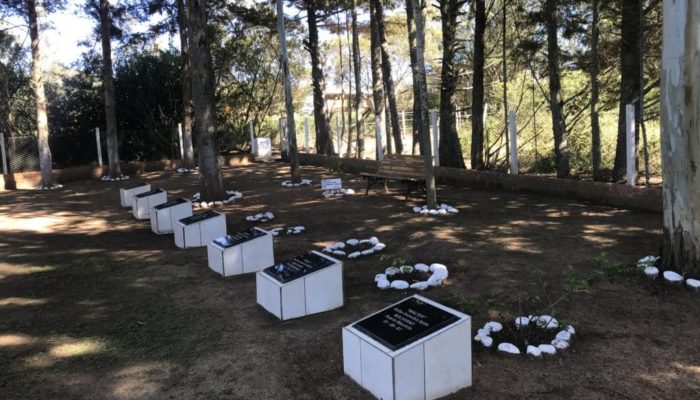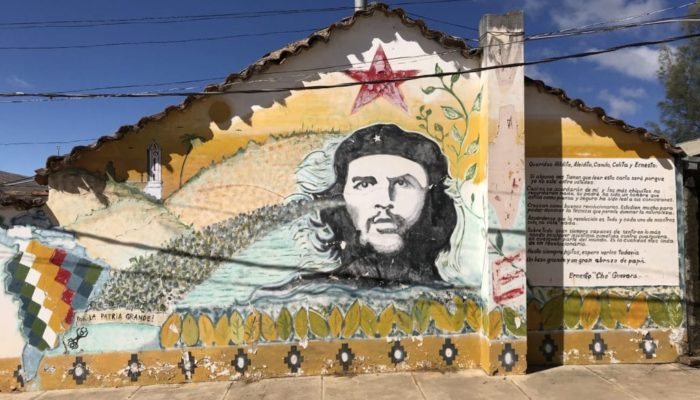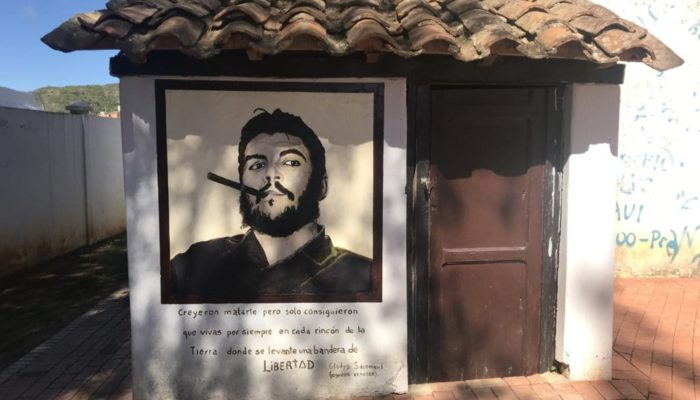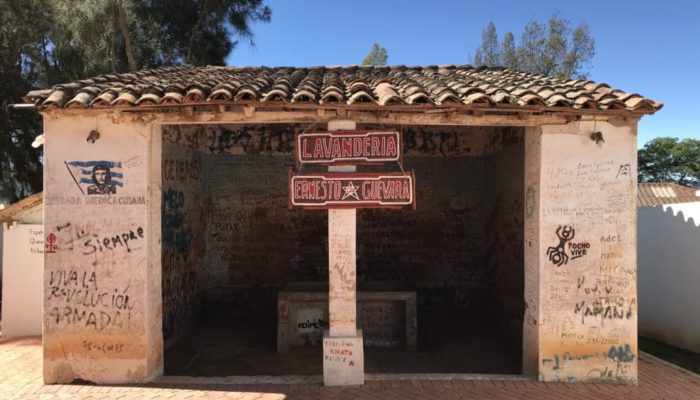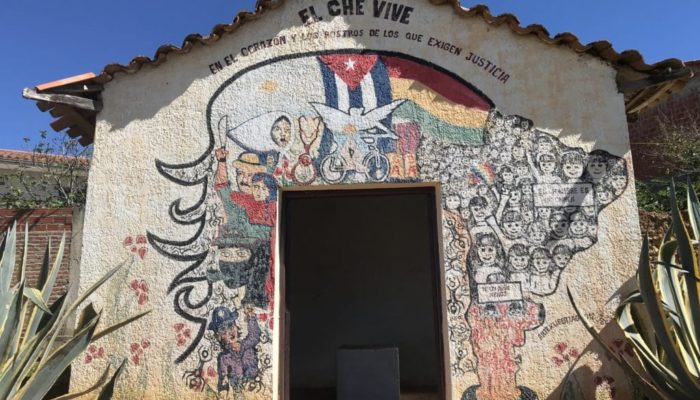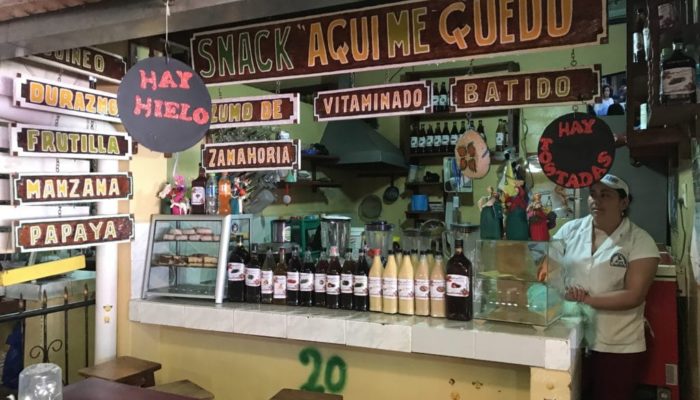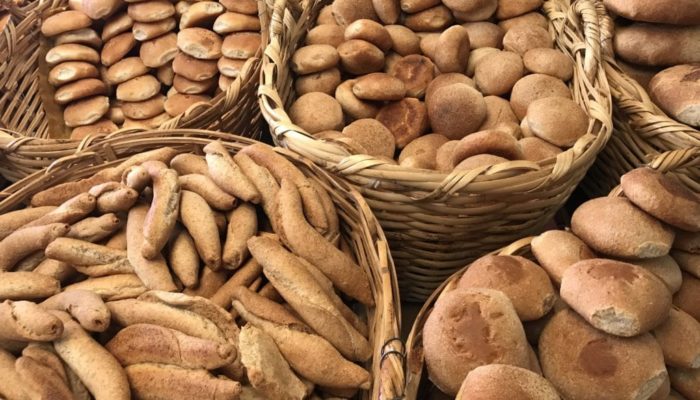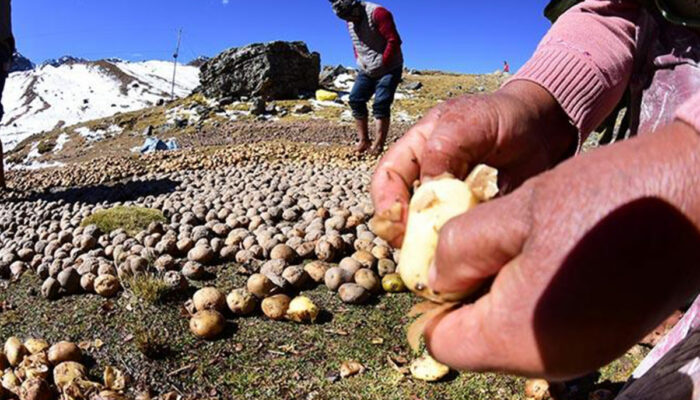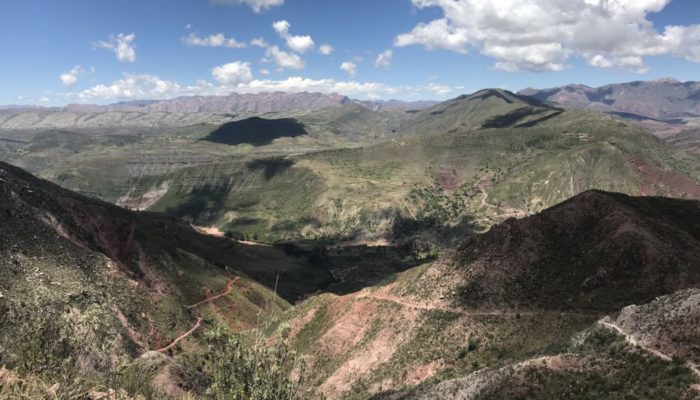Whether you agree with his ideology or not, you cannot really be indifferent to the Che’s story.
This Bolivian road will teach you a lot about how strategical and intellectual he was. Well designed, well documented, you might want to give it a shot, and not only because the road is not – yet – a real touristic destination. It is for curious people; passionate about history or about those who made history.
Going in the footsteps of the Che is a real journey through the time, plunging you back 50 years ago into the heart of a legendary story and a historical battle in Bolivia.
The one who was for long considered as an example, an inspiration, a hope for many people, became a myth as well, an idol, for others, personifying a kind of «revolutionary romanticism». Between history and legend ; where is the reality ? Going back on his footsteps enablee to redraw the facts and understand the whole complexity of his personality.
Along the road, you can enjoy singular landscapes, the ones of the Bolivian Chaco’s territory, characterized by a low population density (not the case about insects ) and a half dry, half humid climate. It is the opportunity to discover a different ecosystem, that we don’t have many occasions to cross as it assembles very few touristic points of interest.
LA HIGUERA, CAPTURE AND MURDER OF THE CHE
He was called the «Che», because it was a word he would frequently use, a kind of language twitch commonly used in Argentina (and in Bolivia as well by the way).
We are in 1966, Ernesto Guevara de la Serna settled in Bolivia with the objective of establishing the focal point of his Guerrilla group. They bought a land to transform it into a training camp. That is how they started to be noticed, denounced and localized little by little by Bolivian special forces … Several battles occurred over which some guerrilla soldiers were jailed and killed until the famous «Quebrada del Churo» fight happened in 1967 where the Che was «finally» captured.
So the first step of the Che’s road trip is chronological, starting with the visit of where he was captured, not far from the canyon, where the cavern he used as refuge, is located.
We go for a 3 hours walk in a green and lush forest : 1h30 descent and 1h30 ascent. The path isn’t in really good conditions, with rocks, slippery sometimes.
Once we arrived to the famous site, beside the symbolic dimension of it, you will find a really beautiful fig tree in the middle, a star on the ground and some sentences tagged extolling the Che as «Siempre» or «Che vive».
A little break is essential in this weirdly enjoyable place.
After crossing a stream, we start the ascent, really steep by moment. We have to imagine that Bolivian forces carried the Che along this path, to bring him alive to the village. When you start to climb, you catch sight of the well dense and green vegetation behind which our descent path is hiding. The walk isn’t really hard but it’s better to be in good shape.
Once at the top, the car picks us up and takes us to La Higuera where only 250 families are living, according to a local source. The village seems like a ghost village or a kind of «Che’s amusement park» where everything related to the guerrilla soldier is presented in a heroic way. You will note several quotations on the walls, monuments and statues on the main square.
The most important place to visit remains the ancient village school, converted into a museum , where the young Argentinian doctor was executed on the 8th of October 1967. Many information and testimonies are displayed on the walls, you will have time to read them. By the way, in the new school you will find a picture exhibition about the Che, in the outdoor hall.
Before leaving La Higuera, you can visit La Casa del telegrafista as well, a historical house quoted on the Che’s diary, transformed into a hotel. It offers a free exhibition in the dining room as well.
At the village exit, a monument in homage to the 3 guerrilla soldiers Coco, Julio and Miguel is located on your right.
VALLEGRANDE, EXHIBITION OF CHE’S BODY
On the road between Vallegrande and La Higuera, several «Ruta del Che» signs will show you the way. Also, you will pass along a huge symbolic rock, some say that it has the same shape as the famous characteristic Che’s beret.
Once we arrive to Vallegrande, we feel a totally different atmosphere. It is a lovely colonial village founded in 1612 by a Spanish man, Pedro Lucio Mendoza Escalante, with a real nice main square well maintained, surrounded by really beautiful colonial buildings. One of the village’s symbol is the Sombrero.
Here the Che’s circuit is well organized, it lasts a bit less than 2 hours. You must go through the touristic office to register yourself and contract a local guide. Then we leave by car straight to the Cultural Center Che Guevara. You will find the Che’s mausoleum, where there is a photo exhibition featuring his life, his childhood, his family, his journeys and his metamorphosis when he entered in Bolivia (I challenge you to recognize him …).
Here we are at a strategical place, exactly between the old airport runway and the old cemetery, where the body was secretly buried with 6 of his men in a mass grave and exhumed after the revelation of a Bolivian general in 1995.
After identification of Che’s identity, the body was sent to Cuba and his remains are resting nowadays in Santa Clara.
Then we go towards another room where other pictures are exhibited. First a small one about the graves excavation in 1995 to find the bodies, then another one, a bigger one, of his capture, his execution and the helicopter transfer of the body to Vallegrande. All the photos have their own explication signs. A last room contains some artefact including the chair on which the Che was sitting during his execution.
After the visit, we walk 300 meters to get to the Guerrilla Soldiers grave where 12 of them were buried, among them Tania, the only woman of the team, exhumed as well between 1998 and 1999.
Then we go back to the village, to go to the town hospital «Señor de Malta». It is still original, except for a part of the building that was extended and for the rooftop which was changed. It’s in the laundry that the body was exposed to medias on the 8th of October of 1967 at 5:00 PM, then moved the 9th and 10th of October few meters away, in the morgue, where his two hands were cut to send them as a proof of his death. The 10th by night, his body «disappeared».
Once back to the main square, it’s possible to go for a last visit, which has no link with the Che, it is a small archaeological museum. It assembles artefact, including ceramic pieces, from civilizations and pre-Inca cultures, as Omereque, Yampara, Tiwanaku and Amazonica.
To end your stay, do not hesitate to visit the local market «Mercado Municipal Celso Camacho» where you could discover some local specialties, like some liquors and bread varieties.

